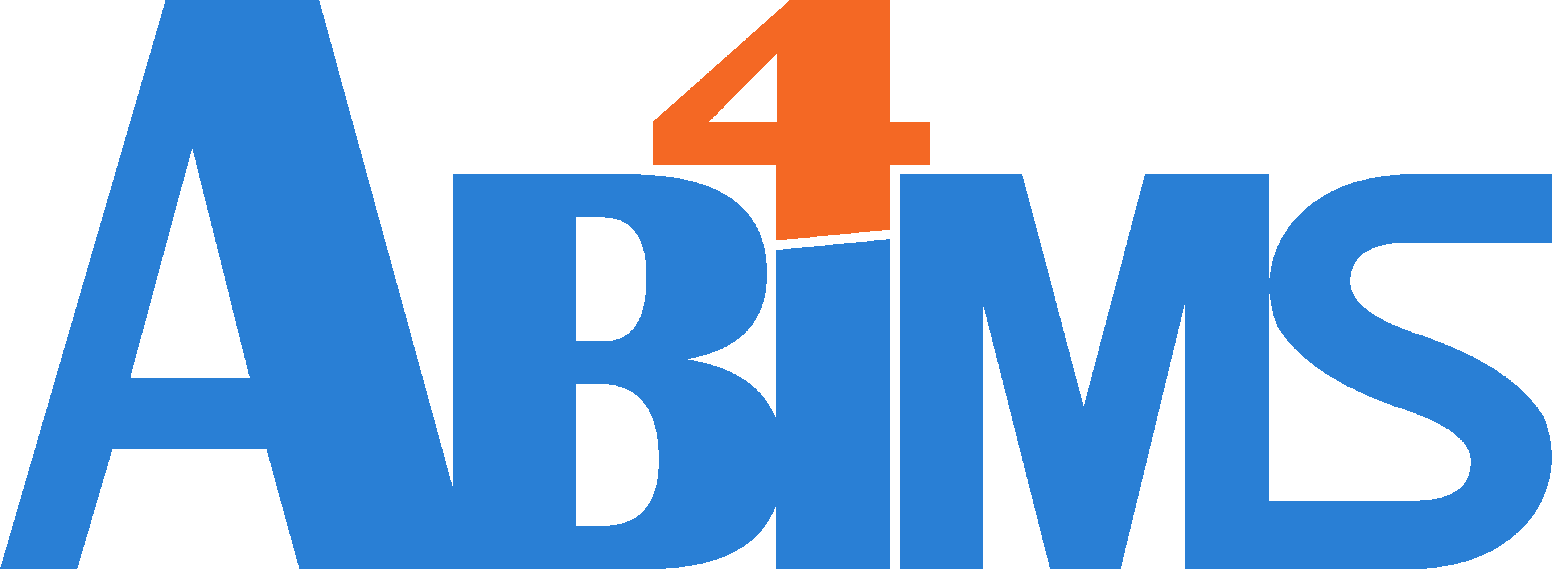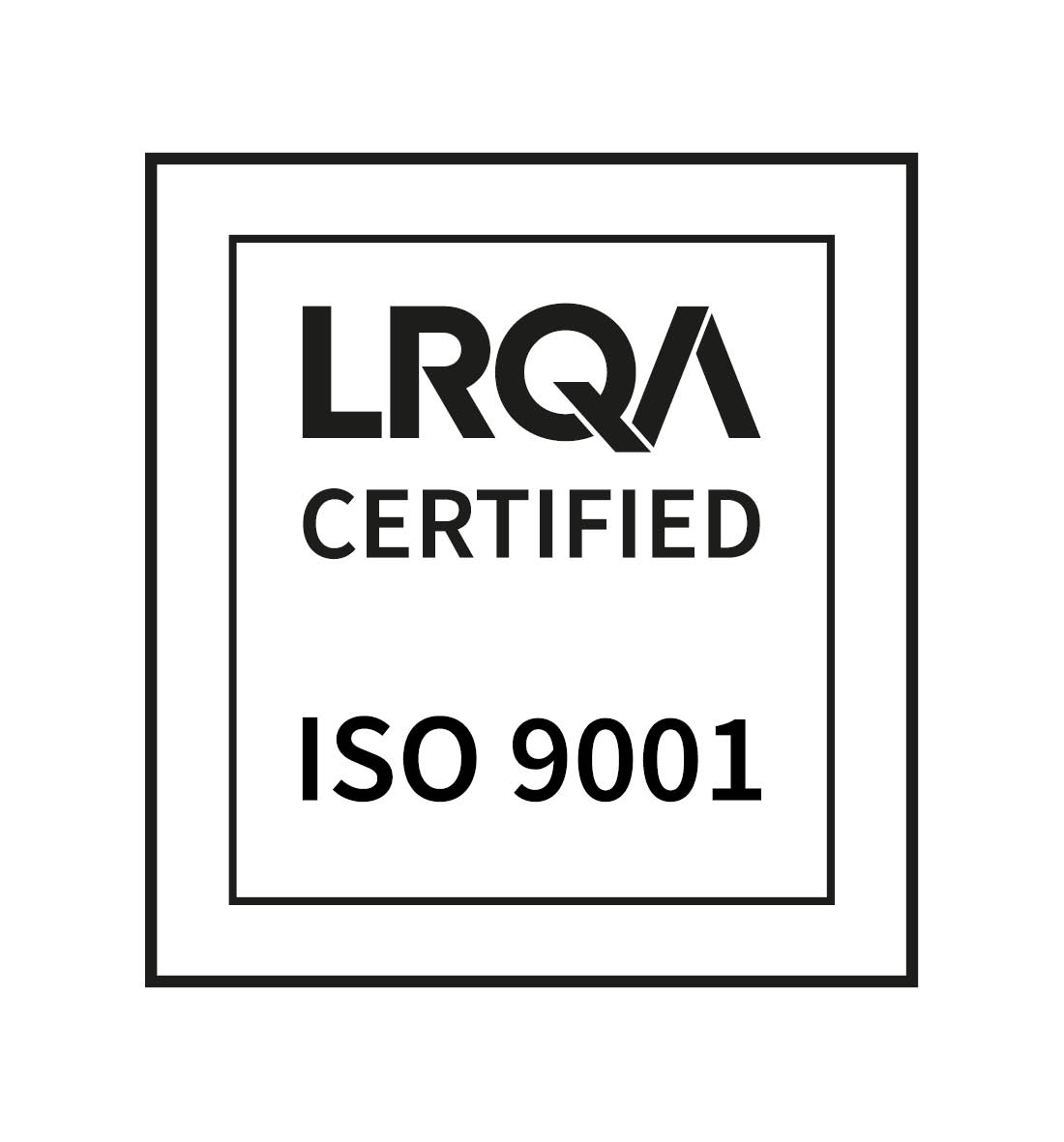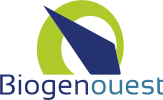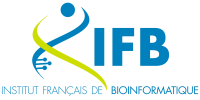Software engineering activities involving ABiMS aim at providing targeted communities with applications or databases that closely fit their needs and cannot already be found on the market.
The majority of software development deals with Web applications allowing local or remote research groups to browse, search or annotate scientific data and/or observation related data. Stewardship of this data can be the responsibility of the ABiMS platform, but some Web applications also tap in existing reference data sources.
Below are some of the major development projects carried out by ABiMS members in various disciplines, in alphabetical order :
The BenthOBS-B web application offers data producers working within the framework of the BenthOBS National Observation Service an on-line tool for storing long-term time series related to benthic macrofauna communities (occurrence data, as well as granulometry or organic matter measurements).
The Benthobs data visualisation dashboard : The Benthobs dashboard is a user-friendly web-based providing various graphical representations of Benthobs related data (macrofauna abundances, granulometry measurements). Users can dynamically add/remove new representations and use various settings to precisely select data to visualize.
The Cahiers de Biologie Marine web site gives access to the contents of the Cahier de Biologie Marine journal, published by the Station Biologique de Roscoff. The web application allows users to browse/search through the journal issues, and subscribers to download PDF files of every article. It also provides back-end enabling the library personnel to manage article upload, subscriptions and collect statistics about article popularity.
The ChanneLIS web applicated (no longer maintained) : The Channel Library Information System was an INTERREG-IV funded project resulting in the development of the ChanneLIS database. This database collects bibliographic information about channel-related literature with an emphasis on “grey literature”. The Web application allows searching for bibliography entries from classical criteria (authors, publishers, publication dates…) but also from more specific criteria such as pre-defined channel geographical areas, taxon names or thesaurus terms. The back end provides functionalities for curating these bibliographical entries after their automated extraction from local databases/files.
The Cyanorak web application offers a web-based tool dedicated to comparative genomics of marine picocyanobacteria. In addition to public access to the data, it provides a large set of curation tools to authenticated users allowing them to perform manual annotations of organism, cluster or gene attributes.
The EuphausiiDB web application provides access to transcriptomic data of species belonging to the Euphausiidae family.
The GISM web application : Upon the request of the Service Mer, the ABiMS platform has developed the Gestion des Interventions du Service Mer web application. It has been designed to support the collection and management of information related to service requests about the usage of resources provided by the Service Mer (species collection, scientific diving, vessel usage and reservation). Users describe their needs by filling a form which is then processed with the application’s backend by members of the Service Mer.
The Inventaires web application : The need to collect observation data related to local species has led to the development of the Inventaires web application. Its current version, entirely re-developed by the ABiMS team, stores detailed information about over 3,000 observed specimen covering about 1,800 taxons. The web application provides the functionalities for “observers” to add descriptions of specimen they spot in the field. Visitors can use the application to look for these observations using various criteria (location, taxon or other).
The MetDB web application provides access to marine eukaryote transcriptomic data. All data is processed following the same standardized de-novo assembly and annotation pipelines (https://github.com/mscheremetjew/workflow-is-cwl/tree/assembly/), providing a useful reference for biologists.
The MyGOD web application has been developed as an on-line tool dedicated to the visualisation of genomic observatory data, mainly metabarcoding data supplemented with physico-chemical parameters.
The Pelagos web application is the result of a collaborative effort driven by the Réseau des Stations et Observatoires Marins (RESOMAR). It stores biodiversity data from coastal pelagic ecosystems (including time series). One of its goals is to exploit the biological information that has been acquired to answer scientific questions for instance relative to factors controlling distribution and abundance of pelagic organisms on different spatial and temporal scales.
The PHYTOBS data visualisation dashboard : The PHYTOBS dashboard is a user-friendly web-based providing various graphical representations of PHYTOBS related data (microphytoplankton abundances, physico-chemical measurements). Users can dynamically add/remove new representations and use various settings to precisely select data to visualize.
The Renkan web application is used by the planktonic symbiosis research team at the Station Biologique de Roscoff to organize and share information on Radiolarians specimens available in the lab. Samples are composed mainly of single cells collected and isolated worldwide before to be processed in the lab. Information on collection procedures, location, morphology and molecular markers are provided for each specimen.
The RoskoBaz project aims at offering a unified set of command-line tools to manage (meta)genomic marker sequence data, supplemented with contenxtual data previously scattered in 4 distinct databases. It relies on a standardized data model encompassing the data models of the four primary databases, linking them together in a consistent way. It also aims to provide tools for the (semi-)automated update of marker data through harvesting and curation of publicly available resources with marker data.
The SulfAtlas web application is an on-line resource dedicated to a specific family of enzymes: the sulfatases. It provides descriptions of over 150,000 sulfatase proteins classified in expert curated families and subfamilies. It has been supplemented with the SulfAtlasHMM on-line tool allowing to carry out sequence classification using the HMM profiles defined for the different subfamilies used to build the SulfAtlas classification.
Tadoussac (restriced access) is a LIMS-like web application (with restricted access). It has been developed to manage information about overexpression and crystallization experiments. This information includes description of plasmids and genes, and results of expression experiments.
The WiSca utility is a stand-alone semi-automatic application for genome scaffolding of pre-assembled contigs using mate-pair data.





